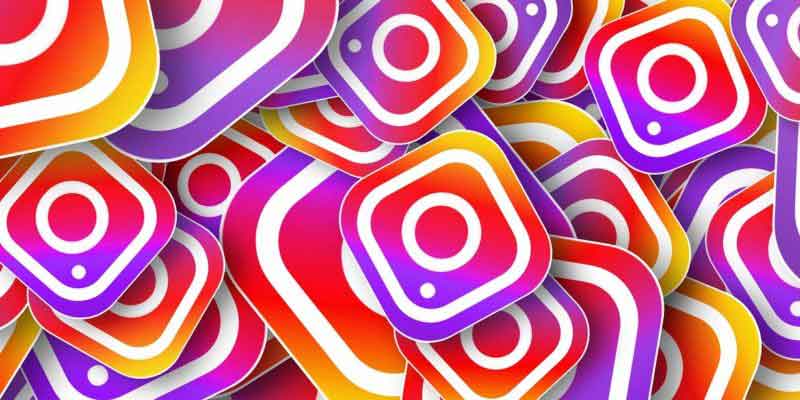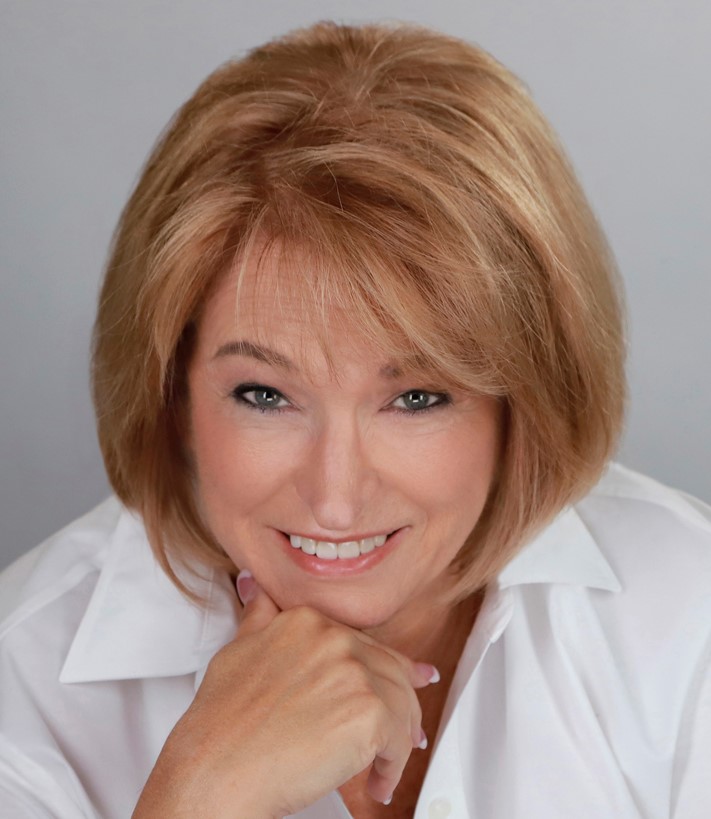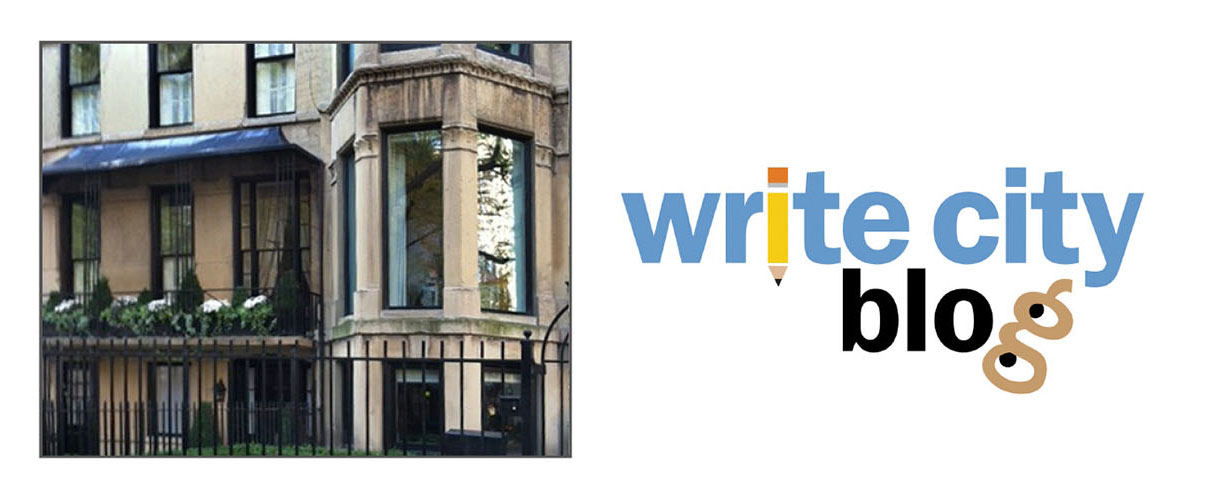August 17, 2021
Why Writers Belong on Instagram
By Maggie Smith
 I can read your mind. Oh, no, not another social media platform I have to learn. Spare me.
I can read your mind. Oh, no, not another social media platform I have to learn. Spare me.
Hold that thought while I share a few facts from the Pew Research Center. There are 500,000,000 users of Instagram (IG). That’s not five million. FIVE HUNDRED MILLION. And 300,000,000 of those are active users, meaning they show up on the platform every day.
Even better, a lot of these folks love books. The hashtag #bookstagram has 38 million posts and five million folks have used the tag #bookstagrammer in their feed. They read books, they photograph books, they review books, they love books. And they love talking about books they love with other readers. That’s called word of mouth. And isn’t that what we writers want and often don’t know how to get?
IG attracts not only readers but writers. Elizabeth Gilbert has an account (elizabeth_gilbert_writer). So does Celeste Ng (pronounced_ing) and Taylor Jenkins Reid (tjenkinsreid). There’s bookstores there (parnassusbooks – owned by Ann Patchett) and publishers (randomhouse) and agents (jfaust_bookends) and big guys like Oprah (ophrah) and Jenna (jennabhager) and Reese (hellosunshine). Unlike Twitter (which often seems about all hate), Instagram is all about love. It’s a positive, fun, creative space to hang out. If you don’t believe me, type Instagram.com into your URL, and in the search box, call up a few of the Feeds I Love I’ve listed at the bottom. See if you don’t find a smile spreading across your face.
Okay, you convinced me. But where do I start?
Somewhere. Anywhere. You can find tons of information about how to post, when to post, what to post by doing a Google search. I started my feed in early November (maggiesmithwrites) and two months later, I have 840 followers (none of whom I “bought” – all of whom I cultivated through regular IG engagement). Here’s my tips for beginners:
Instagram is primarily a mobile app, not a computer-based one. You will see a different feed on your phone than on your laptop but you can post from either. Because I post less snapshots and more “designed” posts, and because I’m at my computer all day, I tend to hang out online. But either works.
Pay attention to your bio page. This is where you briefly tell about yourself (the actual bio is limited to one line) and it’s where people will go to see if they’re interested in following you. Share something that indicates the types of content they’ll see from you, whether that’s the name of your book, your hobbies, your writer philosophy. I’m a podcaster which is hot right now so I include that. Again learn by looking at other’s profiles. Bonus is you can change this anytime, like when you release a new book.
Search for writer friends from RMFW, RWA, WFWA, or other organizations and follow them. They’ll likely follow you back and you’re launched.
IG will suggest other people you might want to follow. Call up their bios and see if the types of things they post interest you. You can also search for hashtags like #bookstagrammer to locate people you might want to follow
Once you’re getting a feed, comment on people’s posts. It’s easy to “like” their post but the whole idea behind IG is ENGAGEMENT. So interact with people. Maybe you’ve read the book they’re reviewing or you want to read it (remember as a writer you should only post positive comments about books – never negative ones). Mention you visited their hometown once. Say their dog’s a cutie. Write back and ask them a question. BE GENUINE. Instagram is a two-way communication. Your goal is to expand your community, both writers and readers.
What you should post
Refrain from only posting things about your own book. It’s spammy and people aren’t there to hear you yell “buy my book” in their ear. If you have books for sale, it’s fine to mention them in some way every 3-5 posts, particularly during launch month but in between post other stuff. And if your book is not yet out (mine doesn’t release until Spring 2021), spend time growing your followers and meeting and interacting with the community so when you publish, you’re got a ready-made audience who know and like you and will support your marketing efforts.
Suggestions of things writers can post: shots inside bookstores, inspirational quotes, book quotes, photos of your writing space, photos of you (or other authors) at book signings, media coverage you get, personal stuff about your writing journey, giveaway promotions, movements you are committed to (right now several of us are posting about the fires in Australia and climate change), photos of writer’s retreats or conferences you attend, photos of your favorite books. Posts that publicize other’s writer’s books (this is a biggie). Again, you can find ideas by exploring other people’s feeds. It’s a learning process. Give yourself time and enjoy it.
There’s lots more stuff I could cover, like hashtags, Canva.com, “stories”, giveaways, IG challenges, reposting and tagging people. But for now, here’s a list of some of my favorite feeds to spark your own creativity:
one_more_paige thebookcousins bradeighgodfrey jana.reads
gluttonousshelf bluntscissorsbookreviews workreadsleeprepeat
pieladybooks mary_reagans_books lainey_cameron
And please follow me on Instagram and post a comment that you’re in RMFW and I’ll follow you back. See? It’s working already.

Maggie Smith’s debut novel, Truth and Other Lies, will be published by Ten16Press in March 2022. She’s the host of the weekly podcast Hear Us Roar (available on Apple Podcasts, Spotify, and Google) where she interviews debut women’s fiction authors about their novel and their path to publication. Her first-ever short story, The Devil You Know, appeared in the 2018 anthology False Faces and she’s also a regular monthly blogger for Rocky Mountain Fiction Writers. A board member of the Chicago Writers Association, she serves as managing editor of the literary publication Write City Magazine. She makes her home in Milwaukee, Wisconsin.
Affiliates/Partners
Testimonials
Contact
Join CWA
Member Directory
My Account
Writers Conference
Presenters
Agents and Publishers
Pitch Sessions
Sponsors
Scholarships
Speaker Registration
Book of the Year
Spirit Award
First Chapter Contest
Resources
Home
Chicago Writers Association
info@chicagowrites.org
Make a Difference!

